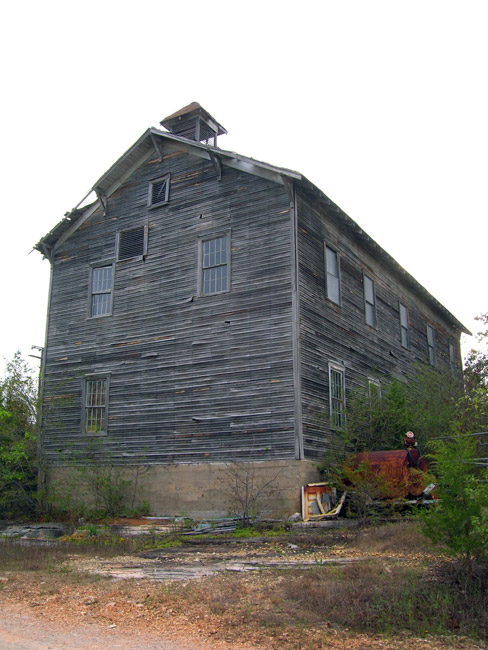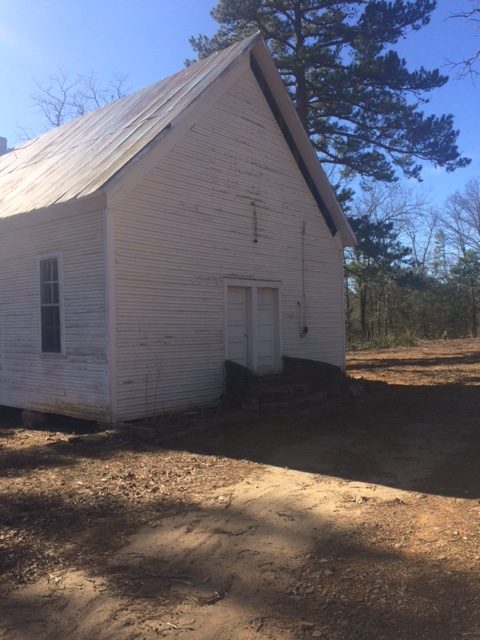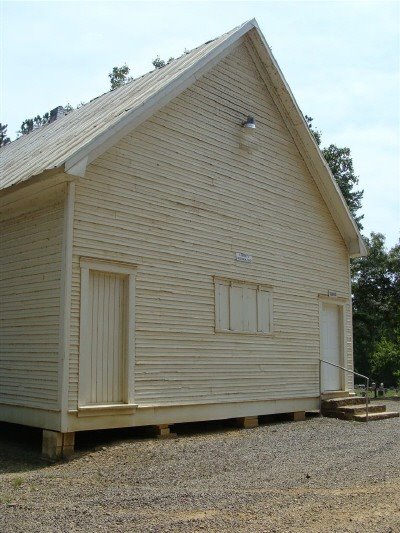By Dr. Curtis Varnell
Trees shaded the small lane, casting shadows on the dust and gravel I was traversing. Miles from anywhere and traveling on a four-wheeler, I came to a fork in the road bisected in the middle by a solitary building; the old deserted Mt. Salem school house. Built in 1909 to replace an older school, the building is representative of the many older educational facilities that now stand abandoned across the state. Once surrounded by a vibrant community of farmers, the one-room school house served as a church, a community meeting place, and the local school. For most of its existence as a school, it had one teacher for all grades and was primarily supported by the people of the community.
In 1900, education was on the back-burner for a rustic, backward state with an economy centered on agriculture. The state of Arkansas saw little reason to invest in education, primarily leaving that up to the churches and to the families. Wealthy families would place their children in academies and then send their children out of state if they desired extensive education or finishing. Poorer and middle class families scrambled to provide the basic 3 r’s of an education that often terminated at the middle school level.



According to the Encyclopedia of Arkansas, in 1920 only two-thirds of the state’s students were enrolled in school and less than 25% attended regularly. In rural areas, students attended a split term, coming during the winter months and during July and August when the crops were “laid by.” Seventeen counties did not have a high school and in no county were high schools available to all students.
Small rural schools, like that of Mt. Salem dotted the landscape and provided what little educational opportunities were available for students of the area. In 1920, the state only supplied $2.60 per student for education and the state average expenditure for student, including local taxes, was $23.63. This left parents and church responsible to supply any additional funding needed for schools.
In 1947, there were 1,589 of these school districts. The next year, forced consolidation reduced that number to 424 districts and schools like Mt. Salem consolidated with larger schools and left buildings deserted and decaying.
My father bought and moved the old school building from Rich Mountain and used it for years for antique storage. A few years ago, it had deteriorated to a point, we decided to tear it apart. As the news got out that we were taking it apart, people began to call, some wanting to take one last photograph, others wanting pieces of the building where they or their parents had spent many pleasant days. One gentleman from California came by to get lumber from an interior wall to make a memento. Later, we were taking apart the interior wall and my brother-in-law held up a paper he had found between the boards. Yellowed and crumbling with age, the simple wording said; I love you, do you love me? It had two boxes to check below, one for yes and one for no.
As I looked at that fork in the road, the memory of that paper returned. Kids at this school were like those I grew up with. I could see images of kids running and playing beside the building. In my mind I heard the happy sounds of them playing hop-scotch in the dirt, the voice of the teacher leading instruction, and saw a little freckle-faced girl shyly handing a note to a young boy in overalls. I turned to the left, the sounds of the school bell diminishing as I drove down the road.
The Mt. Salem school is a state registered historical site and is located in rural Logan County off 109 Highway and Spring Lake Road.






